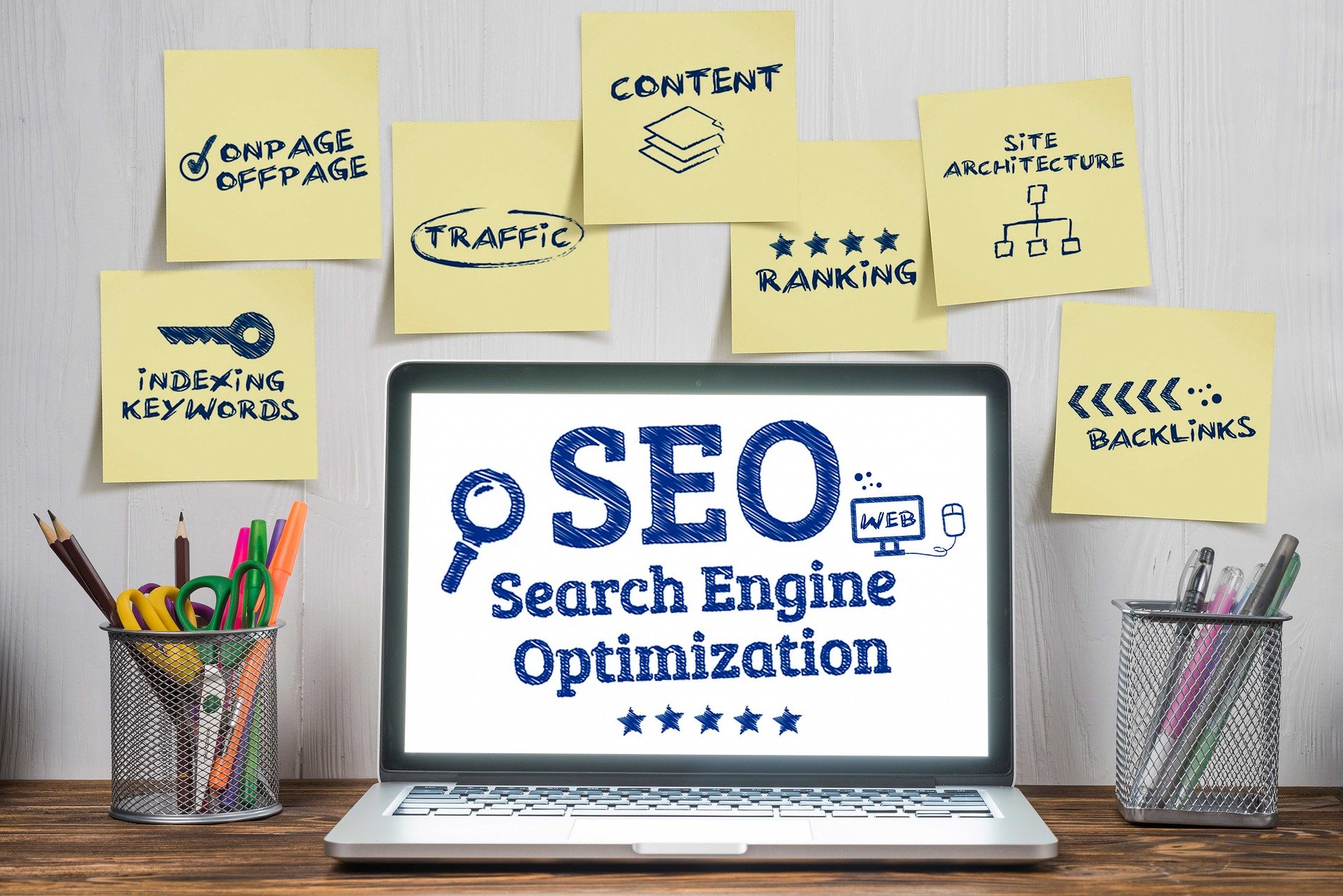The rules on SEO are constantly changing. You’ve probably read countless articles on the subject, many offering conflicting advice. Here are the top five myths about on-page SEO and the truth about each.
Myth #1: The More Keywords the Better!
This has been a widely debated topic in the Search Engine Optimization community for years and you can probably find just as many articles for as against. However, by focusing on one to two main keywords or phrases per page, you can improve your content quality. Content that is more focused is usually more relevant and will be a better match for visitors to your site from search engines. It’s also easier to write more natural headlines and content when it’s more limited.
If there are several keywords you are targeting, create more content! Google wants authenticity, which can be found on sites focused on creating useful, information-rich content.
Myth #2: Meta Descriptions Are Important for High Ranking On-Page SEO
Meta descriptions are HTML attributes that provide concise explanations of the contents of a particular web page. Google announced almost five years ago (back in 2009) that “Meta description (along with Meta keywords) [have] no bearing on search rankings.” Zip, Zero, Zilch!
Despite the fact that meta descriptions will not impact your page ranking, that does not mean they are not important. You know the text that appears below each website on the results page of a Google search (pictured below)? That text is taken from the meta description and if you don’t have one, Google will create this text from the content on your page.

While it may not impact your search ranking, it’s important to put some thought into the description. A well written meta description can be the difference between a user clicking the link or not.
Myth #3: Keywords Need to be an Exact Match
Again, Google wants authentic content. Have you ever tried to read a paper, book, or website that repeats the same phrase over and over again? It’s not natural and Google knows that. Write your content for a human audience using variations of the phrase and keywords you are focused on. Google does an excellent job matching similar terms, so your ranking and readers will thank you for it!
Myth #4: The H1 Attribute is the Most Important Element on a Page
Your heading tags help provide a structure to your page for your reader. Think of them as an outline for your page. Your H1 tag acts as the title for your page, telling your reader the topic of the content. While this tag is important for the context is provides to your reader, it is no longer a major factor in keyword ranking for a page.
Spammers stuffed keywords in their heading tags, which caused Google to change the way they were evaluated as a ranking factor. In the end, it comes back to creating authentic content for your user. Take advantage of the H1 tag by providing a clear, thoughtful headline, but don’t stuff keywords hoping for a higher page rank.
Myth #5: An XML Sitemap Will Boost Your Page Rank
Google uses XML sitemaps for page discovery. When combined with Webmaster Tools, it can be very helpful in determining duplicate content. However, its impact in your SEO and page rank is nonexistent.
Conclusion
These are just a few myths we wanted to dispel regarding on-page SEO. There are many more, but the simple rule of thumb is to focus on your users. Create authentic, keyword-rich content that will be useful to your readership base and Google will handle the rest.
What myths would you add to this list? Interested in learning more about On-Page SEO? Check out our two part series on On-Page SEO Optimization Tactics.

